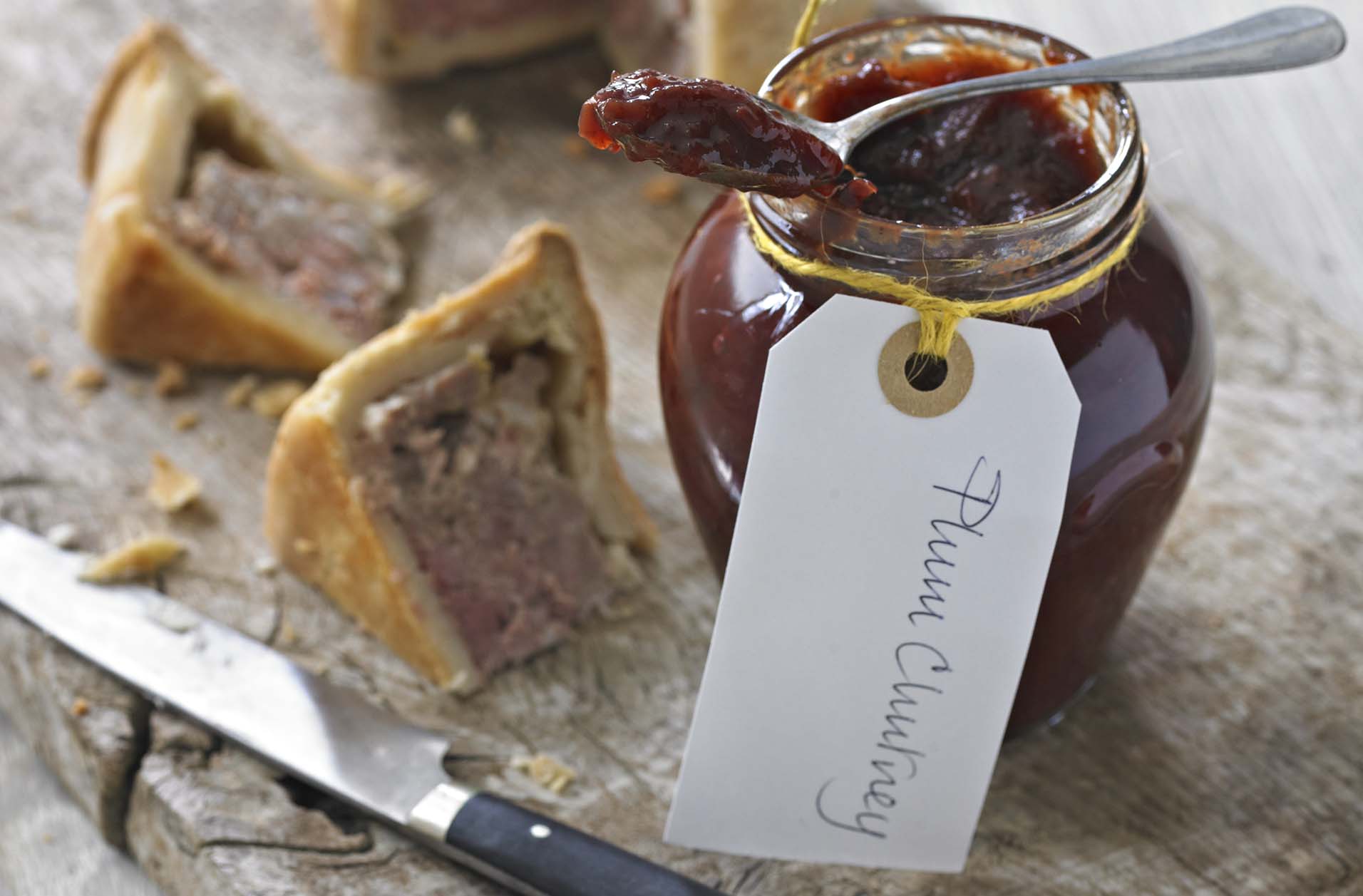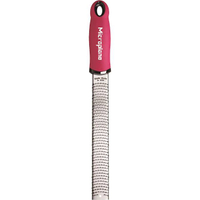This plum chutney takes 15 minutes to prepare and can be enjoyed alongside cheese, pork pie or simply with crackers.
Plums that are ripe will have lots of natural pectin which will help thicken the chutney. We’ve included sultanas but you can omit these if you prefer. If you’d still like an extra fruit boost, consider adding some peeled, finely diced eating apples for the final five minutes of cooking.
Please note the nutritional information is per jar of chutney and the recipe makes five jars. We would estimate that each jar contains around 10 or more servings which works out approximately 60 calories.
Ingredients
- 1kg plums, halved stoned and chopped
- 2 onions, peeled and finely chopped
- 225g sultanas
- 1tbsp grated fresh root ginger
- 1tsp ground cinnamon
- ½tsp grated nutmeg
- 2tsp salt
- 600ml white wine vinegar
- 400g granulated sugar
- 5x 450ml jars, sterilised
WEIGHT CONVERTER
Method
- Put the plums, onions and sultanas in a large pan. Stir in the ginger, cinnamon, nutmeg, salt and vinegar and bring to the boil.
- Reduce the heat and simmer for 10-15 minutes until the plums are tender, stirring occasionally.
- Add the sugar and stir until dissolved. Boil the chutney for 20-30 minutes, stirring occasionally, until the mixture is thick and pulpy and most of the liquid has evaporated.
- Spoon the hot chutney into warm sterilised jars and seal with airtight vinegar-proof covers. Label and store in a cool dry dark place for at least 2 weeks before eating to allow the flavour to develop and mellow. Once opened, store in the fridge.
Tops tip for making plum chutney
Make sure you sterilise your jars before adding the plum chutney. Follow our simple guide on how to sterilise jars and bottles to make sure you do this correctly.
Unlike in a jam, the vinegar in this recipe makes it more savoury. It is an excellent match for cheese, cold cuts of meat or rich buttery pies. We also like it in toasties or sandwiches but it’s also a great option alongside your favourite curry if you’ve run out of mango chutney. For more tips, continue reading below.
When is plum chutney ready?
To check if your chutney is the right consistency, simply draw a line at the bottom of the saucepan to divide the mixture. The line should keep the two sections should briefly remain parted before melting back together. If it’s not possible to draw a visible, clear line, then the chutney is likely still too wet and needs more time to thicken and for more liquid to evaporate off.
How long before chutney is ready to eat?
You can eat the chutney as soon as it is cooked but the flavours will intensify if you allow the chutney to mature in sterilised jars. We recommend maturing the chutney for around two weeks.
How do you thicken plum chutney?
If your plums are ripe there should be enough pectin, a naturally occurring thickener, in the skins to aptly thicken your chutney. It’s also important to cook the chutney for long enough to allow the moisture to evaporate off.
If you still need to thicken the chutney, you could add a little cornflour mixed with some of the vinegar to form a paste. Stir this into the chutney and simmer until you reach the desired thickness. Cornflour can dull the vibrancy of the chutney slightly but it won’t affect the overall taste or quality.
In this recipe you need to grate the fresh ginger. We like to use a microplane grater as it gives a lovely fine finish and is very effective.
Microplane grater Premium fine grater - View at Amazon
A high quality grater is your best friend in the kitchen. This grater is perfect for preparing the ginger for your chutney but is also excellent for grating garlic, instead of crushing it, and can be used to zest lemons, limes and oranges or any citrus for that matter. It also goes without saying, but it’s excellent for grating cheese, especially hard cheeses like Parmesan.
Make our plum cake if you still have plums leftover and need some inspiration on how to cook them. Alternatively, if you’d like to try a different chutney recipe, you might like our tomato chutney or this easy onion chutney.
-
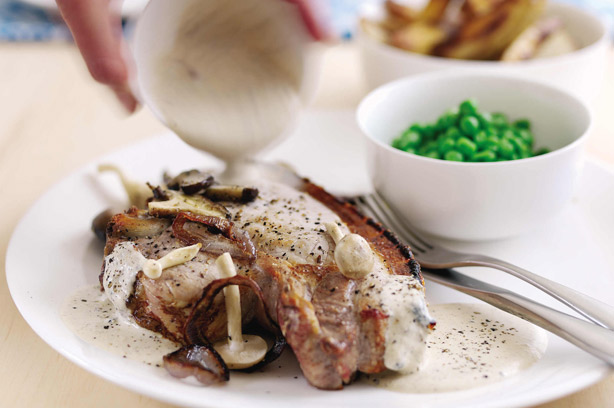 Pepper sauce recipe
Pepper sauce recipeThis classic pepper sauce recipe is much easier to make than your may think. With plenty of flavour and a tangy kick, this sauce is ideal drizzled on a steak
By GoodtoKnow Published
-
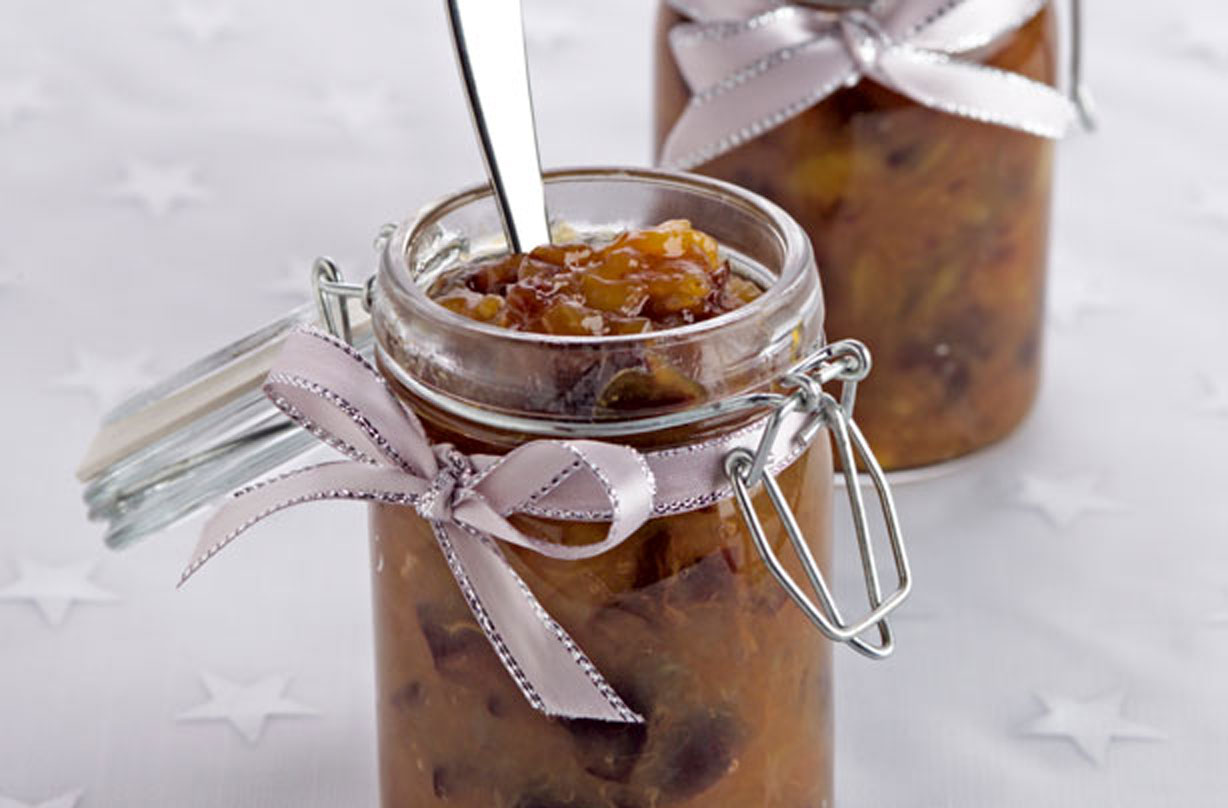 Christmas chutney
Christmas chutneyThis spiced Christmas chutney is full of seasonal flavours – cloves, cranberries, ginger and cinnamon and is ideal for serving on Boxing Day
By Nichola Palmer Published
-
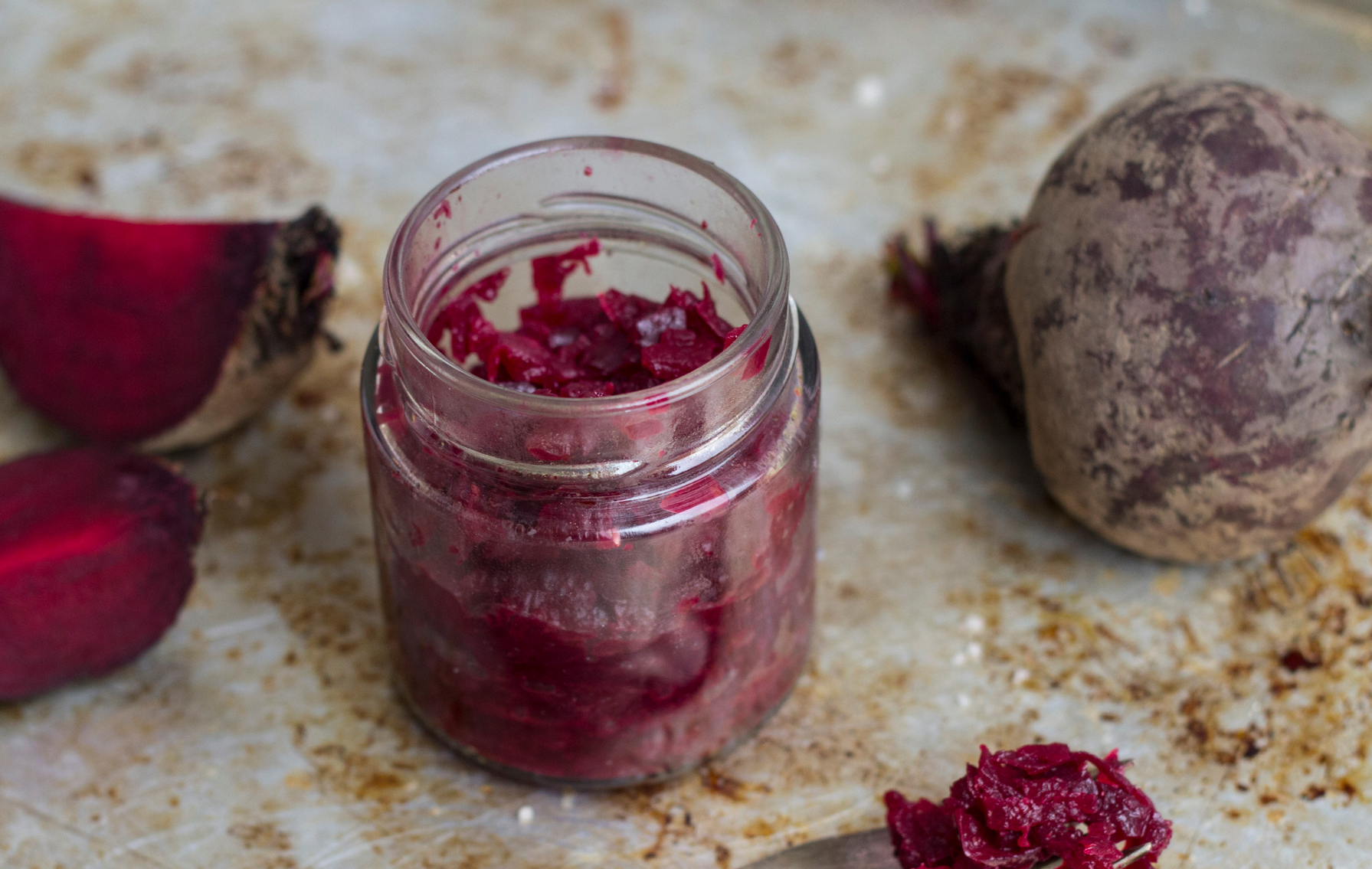 Beetroot chutney
Beetroot chutneyBeetroot chutney is a delicious condiment that is so easy to make. It will be a wonderful addition to your cheeseboard and makes a super sandwich filling...
By Jessica Dady Last updated
-
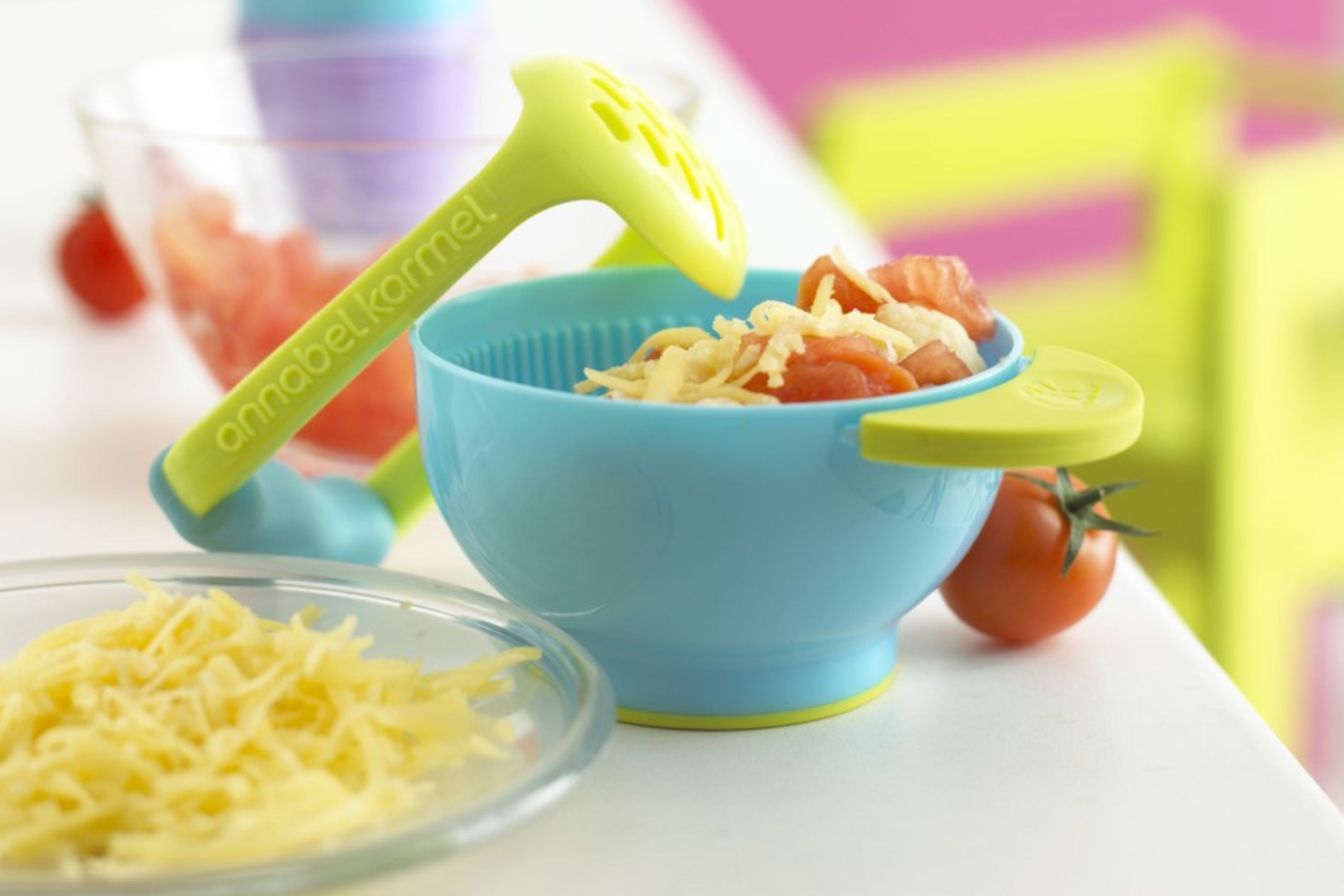 Annabel Karmel's trio of vegetables with tomato and basil
Annabel Karmel's trio of vegetables with tomato and basilSuitable for six months plus, this baby food by nutritional expert Annabel Karmel is made with a whole heap of veggies...
By Annabel Karmel Published
-
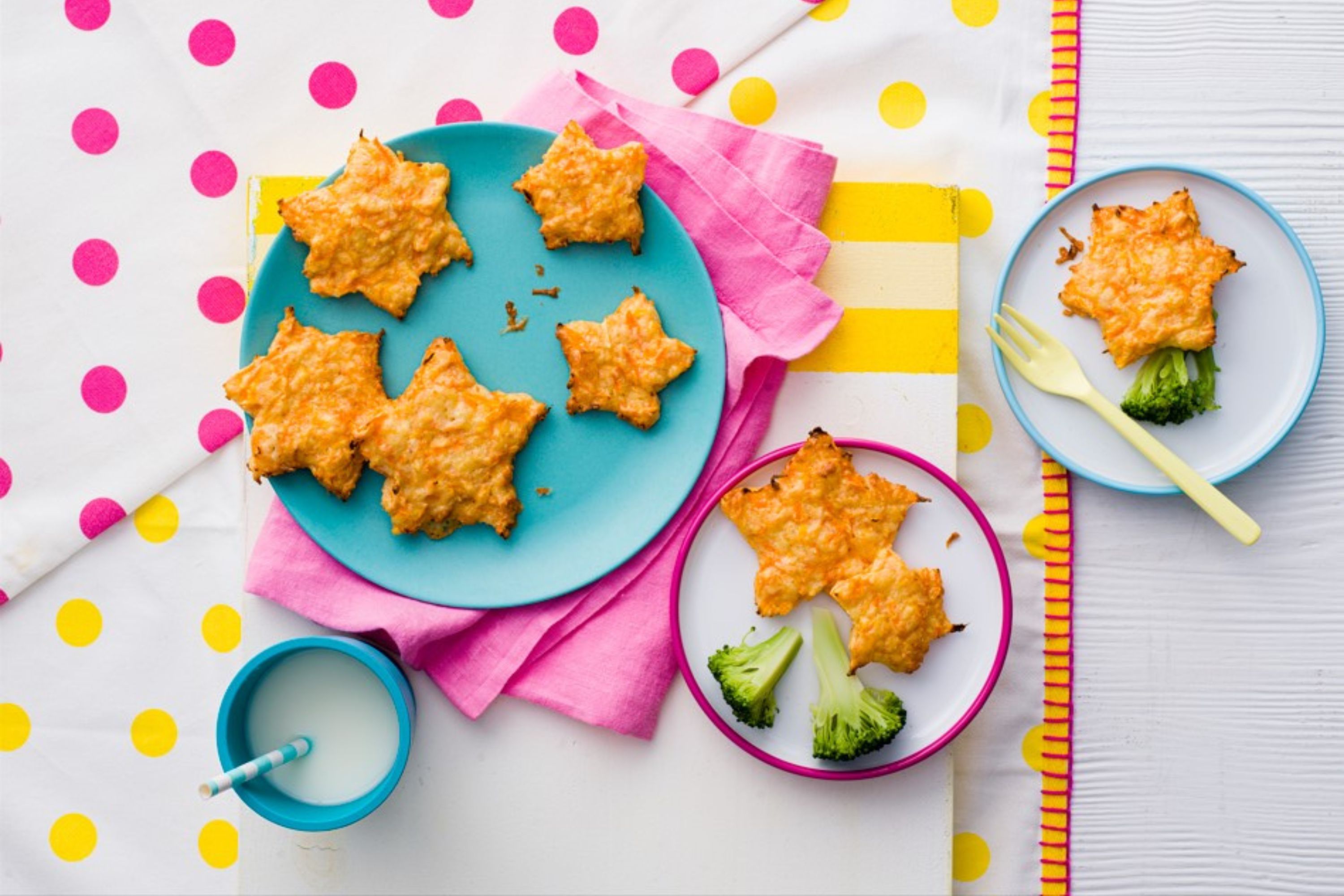 Annabel Karmel's cheesy carrot stars
Annabel Karmel's cheesy carrot starsThese flavour-packed cheesy carrot stars by Annabel Karmel are perfect for introducing finger foods to your little one...
By Annabel Karmel Published
-
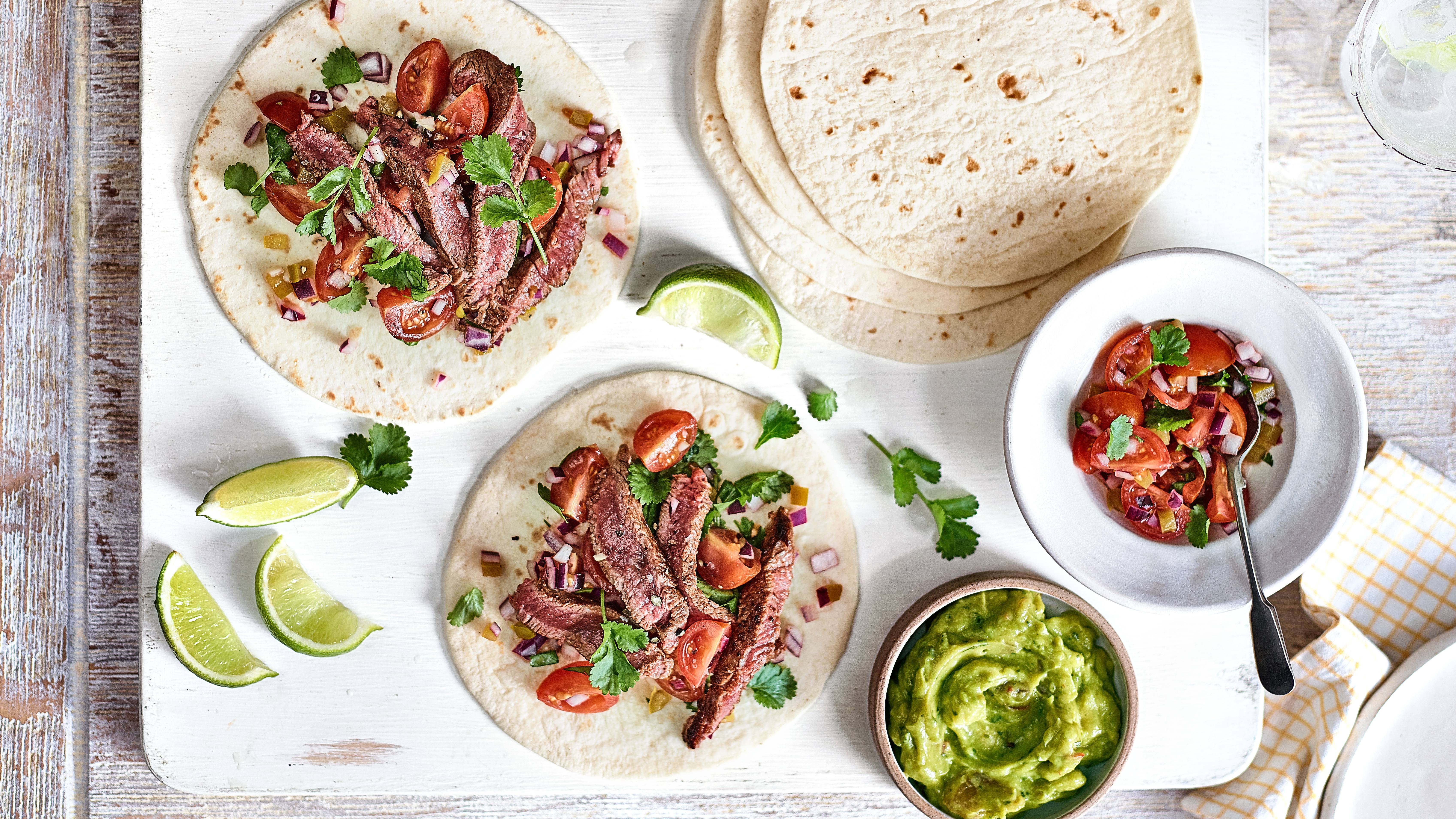 Steak and salsa wraps
Steak and salsa wrapsOur steak and salsa wraps are one of those build-you-own suppers the teens in your house will love...
By Jessica Ransom Published
-
 Paris Hilton’s expert-approved parenting rule that ‘bans’ her two kids from using one everyday item
Paris Hilton’s expert-approved parenting rule that ‘bans’ her two kids from using one everyday itemThe socialite is taking in all the expert advice she can when it comes to her parenting rules
By Charlie Elizabeth Culverhouse Published
-
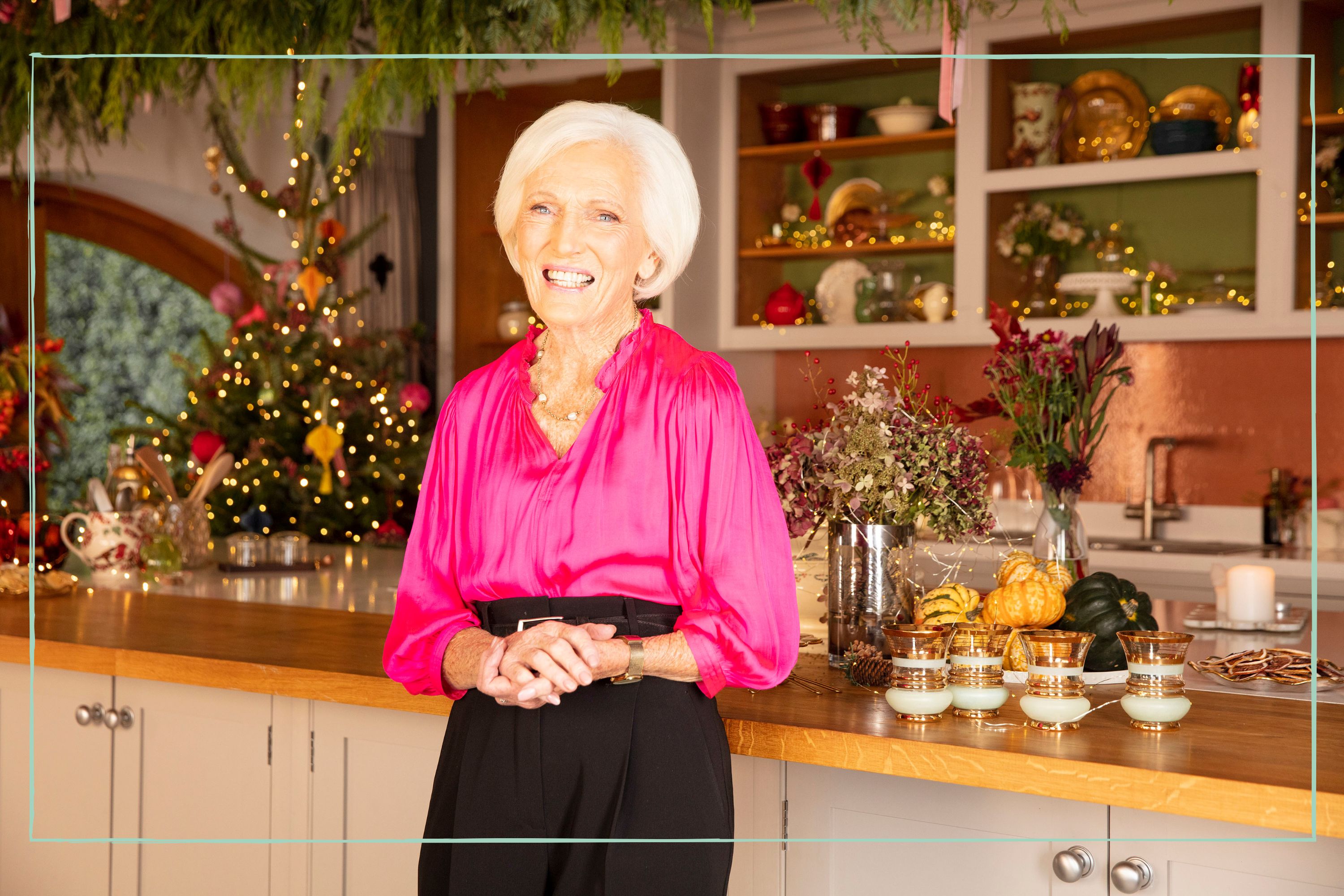 Mary Berry's Ultimate Christmas: Recipes, guest stars and where to watch
Mary Berry's Ultimate Christmas: Recipes, guest stars and where to watchBBC viewers can enjoy a slice of Mary Berry's Ultimate Christmas in December, with the British chef sharing recipes, tips and tricks to cooking the perfect Christmas dinner.
By Emily Stedman Published
-
 Prince Harry’s plans for a ‘British’ Christmas for Prince Archie and Lilibet - selection boxes for breakfast?
Prince Harry’s plans for a ‘British’ Christmas for Prince Archie and Lilibet - selection boxes for breakfast?The Duke of Sussex is planning to give his children their first-ever British Christmas
By Selina Maycock Published
